WHAT WAS THE CGIAR RESEARCH PROGRAM ON MAIZE?
An international collaboration to mobilize global resources in maize research and development to achieve a food-secure future for maize producers and consumers worldwide.
MAIZE IN THE WORLD
From 2012-2022, MAIZE research led to the development and deployment of more than
669
maize varieties in
34
countries
Maps show the combined contributions from the International Maize and Wheat Improvement Center (CIMMYT) and the International Institute of Tropical Agriculture (IITA).
Click on each one for more details.
Click on each one for more details.
Our impact

Our global community
What we have done
Looking for MAIZE related materials? This is your one-stop-shop for links to the most relevant repositories, tools and documents.
Where to next
Efforts to contribute to maize improvement will continue through the new CGIAR initiatives portfolio.
